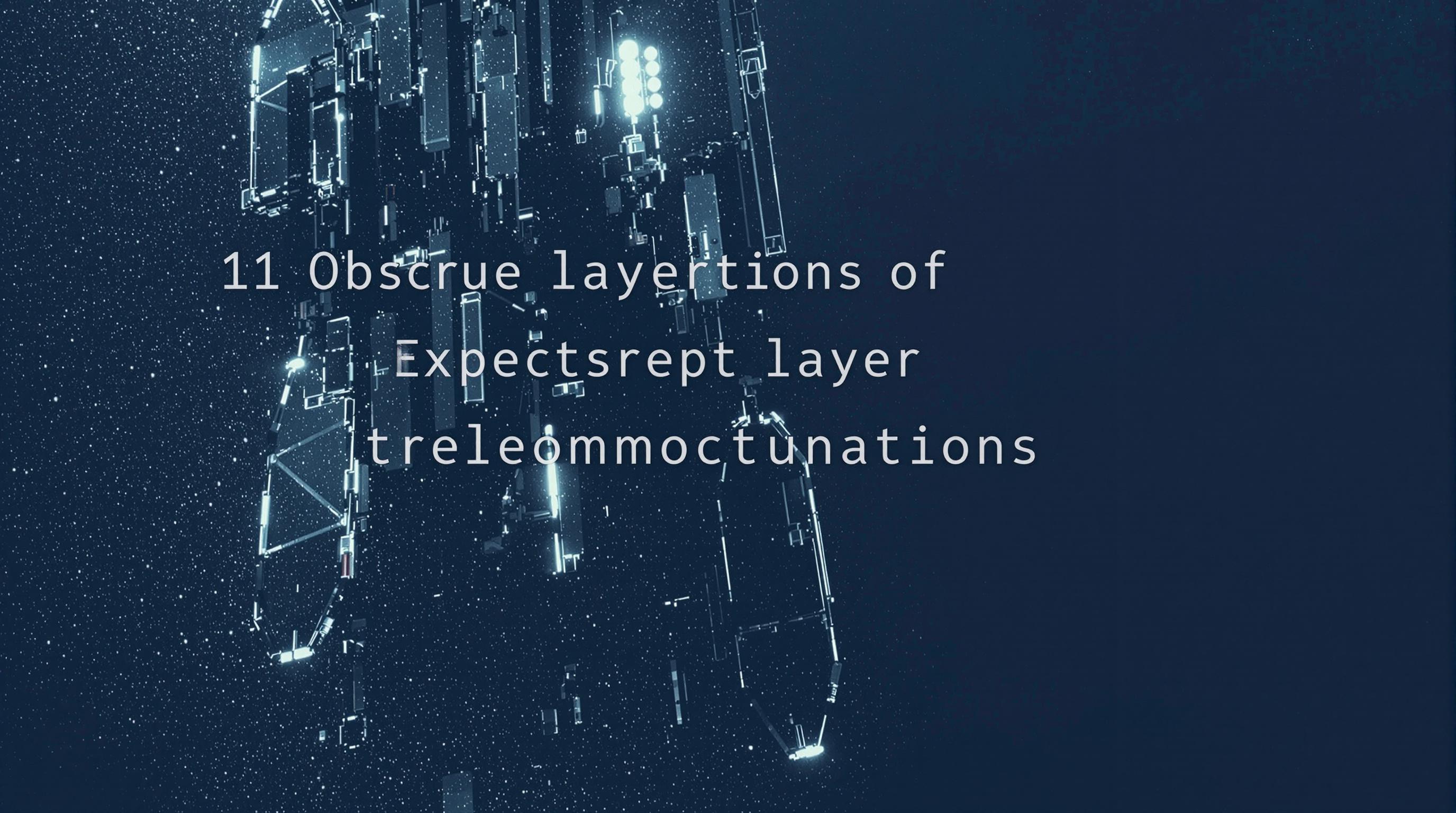Related Articles
- Uncharted Frequencies: The Surprising Role of Subcultures in Shaping Global Digital Landscapes
- Wired Whims: The Unexpected Role of Niche Online Communities in Shaping Global Digital Trends
- Fragmented Signals: Exploring the Shadows of Digital Divide in Emerging Economies and Its Impact on Global Unity
- Decoding the Invisible: How Microbial Communication Could Revolutionize Digital Interactions
- Cryptic Channels: How Encrypted Messaging Platforms Are Reshaping Trust and Transparency in Online Interactions
- Mysterious Modes: The Rise of Cryptographic Channels in Secret Online Dialogues and Their Hidden Impacts
Unpacking the Unseen: How Quantum Entanglement Could Revolutionize Future Communication Networks
Unpacking the Unseen: How Quantum Entanglement Could Revolutionize Future Communication Networks
Quantum entanglement, a phenomenon that defies the classical laws of physics, holds the potential to revolutionize communication networks by enabling instantaneous data transfer across vast distances. This exciting development could reshape our understanding of connectivity, boosting security and efficiency in ways we've only begun to imagine.
The Basics of Quantum Entanglement
So, what exactly is quantum entanglement? To put it simply, it’s a peculiar connection between particles such that the state of one instantly influences the state of another, no matter how far apart they are. Imagine having a pair of dice: if you roll one and it lands on six, the other die, no matter where it is in the universe, also lands on six at the exact same moment! Sounds like magic, doesn’t it? Welcome to the world of quantum physics.
A Quick Dive into Quantum Mechanics
Quantum mechanics is not just a fancy set of equations for physicists; it’s a framework that challenges our intuitions about reality. Classical physics suggests that information travels at a finite speed (the speed of light, about 299,792 kilometers per second). However, quantum entanglement appears to defy this limit. In fact, Einstein famously dubbed it "spooky action at a distance," as it raises fundamental questions about causation and information transfer. According to research by the National Institute of Standards and Technology (NIST), entanglement can result in correlations stronger than those predicted by classical physics. (NIST, 2021)
How Does This Impact Communication?
If entangled particles can communicate instantaneously, this could lead to what scientists call "quantum communication." One of the potential applications is in the field of quantum key distribution (QKD), which uses the principles of quantum mechanics to create secure communication channels. In a nutshell, if anyone tries to eavesdrop on a quantum communication system, the very act of measuring the particles would disturb their state, alerting the sender and receiver to the presence of an intruder.
The Future is Now: Real-World Applications
Many tech giants and research institutions are already investing heavily in quantum communication technologies. For instance, in 2020, China successfully tested a **satellite-based quantum communication network** that could securely transmit sensitive data between key locations. This network, named "Micius," utilizes entangled photons to create unhackable channels that are nearly impossible to infiltrate. “We are entering a new age of secure communication,” said Jian-Wei Pan, a leading physicist in quantum communication (Pan, 2020).
Statistics and the Current Landscape
According to a report from the International Data Corporation, the global quantum computing market is projected to grow at a compound annual growth rate (CAGR) of 56% from 2021 to 2025, reaching approximately $8.5 billion by 2027 (IDC, 2022). This includes substantial investments in quantum communication technologies, signaling a shift in how data is secured and transmitted. Are you feeling the FOMO yet? If you're a tech enthusiast or even just mildly curious about the future, you should be!
Barriers to Entry: The Challenges Ahead
But hold your horses—while the prospects are enticing, there are hurdles to clear. First and foremost, creating and maintaining entangled particles is no walk in the park. Scientists must operate in ultra-controlled environments, often requiring near absolute zero temperatures. Additionally, the infrastructure necessary for quantum networks is still in its infancy, and transitioning from classical systems to quantum ones will require substantial investment and research.
What This Means for Security
The implications for cybersecurity are particularly fascinating. As digital threats advance, hackers are leveraging sophisticated methods to infiltrate traditional encryption systems. Wouldn’t it be comforting to know that a quantum communication network could render such attacks ineffective? In a world where data breaches are almost a daily occurrence, having unbreakable encryption could seem like the holy grail for organizations worldwide.
Case Study: The Rise of Quantum Cryptography
In 2018, the University of Science and Technology of China conducted a successful hack-proof communication session over a distance of 4,600 kilometers, demonstrating the vast potential for QKD in real-world scenarios. The researchers used a pair of entangled photons, establishing a secure connection for their data transfer that allowed them to remain one step ahead of potential intruders. If you think of this as the ultimate game of digital hide-and-seek, you wouldn’t be far off.
Democratizing Access: Will Everyone Benefit?
While many are excited about the benefits of quantum communication, we must also consider accessibility. Will quantum networks be available to average consumers or just reserved for tech giants and government agencies? If quantum communication primarily serves elite institutions, it could exacerbate the existing digital divide. As we venture further into this quantum age, it is crucial that policies and frameworks are set to ensure equitable access to these groundbreaking technologies.
Education and Awareness: The Next Generation of Scientists
The transition to quantum communication also offers a unique opportunity for educational institutions. Teaching future generations about quantum mechanics and its applications could spark new interest in STEM fields, a vital area for innovation and progress in today’s fast-paced world. Imagine classrooms filled with students excitedly discussing the implications of quantum entanglement, eagerly trying to solve problems that can help shape the next decade of technology!
Stakeholder Responsibility
Tech companies, educators, and governments all share responsibility in maintaining a balance between innovation and ethical considerations surrounding quantum technologies. As quantum communication systems emerge, it will be imperative to lay down guidelines and ethical standards to govern their use. For instance, how do we manage the potential for these technologies to be used for surveillance? What frameworks will exist to protect the privacy of individuals? These questions remain unanswered but are crucial as we stand on the brink of a quantum communications revolution.
And Let’s Not Forget the Fun Part
Now, don’t you think that the whole concept of quantum communication sounds like something straight out of a science fiction movie? Think about it: a world where someone's transmission about last night’s episode of your favorite show reaches you before they’ve even sent it! No spoilers—just instantaneously delivered information. It’s enough to make any tech nerd giddy with excitement!
Conclusion: The Path Forward
As we embark on this journey into quantum entanglement and communication, the possibilities seem endless. Although challenges abound, the potential benefits of faster, more secure, and more efficient communication networks are worth striving for. Who knows, soon enough, we might find ourselves living in a quantum-empowered world, completely redefining our relationship with technology and one another.
So let’s keep an eye on this ever-evolving field. With major breakthroughs on the horizon, the sky really is the limit, and you wouldn’t want to miss out on the future of communication. And let’s face it—who doesn’t want to feel like they’re a part of the next big tech revolution? Buckle up; it's going to be an exciting ride!
Sources:
NIST. (2021). “Quantum Entanglement: A New Tool for Cybersecurity”.
Pan, J. (2020). “Advancements in Quantum Communication: A Global Perspective”.
IDC. (2022). “The Quantum Computing Market: Trends and Predictions”.





